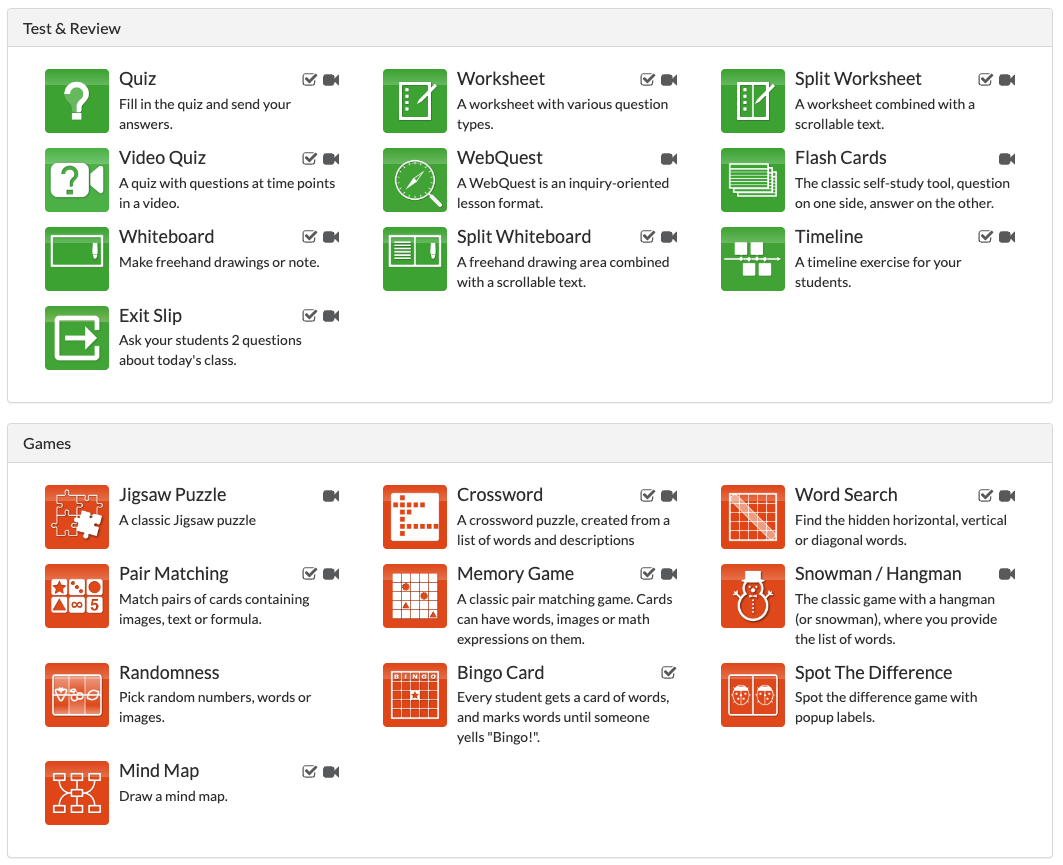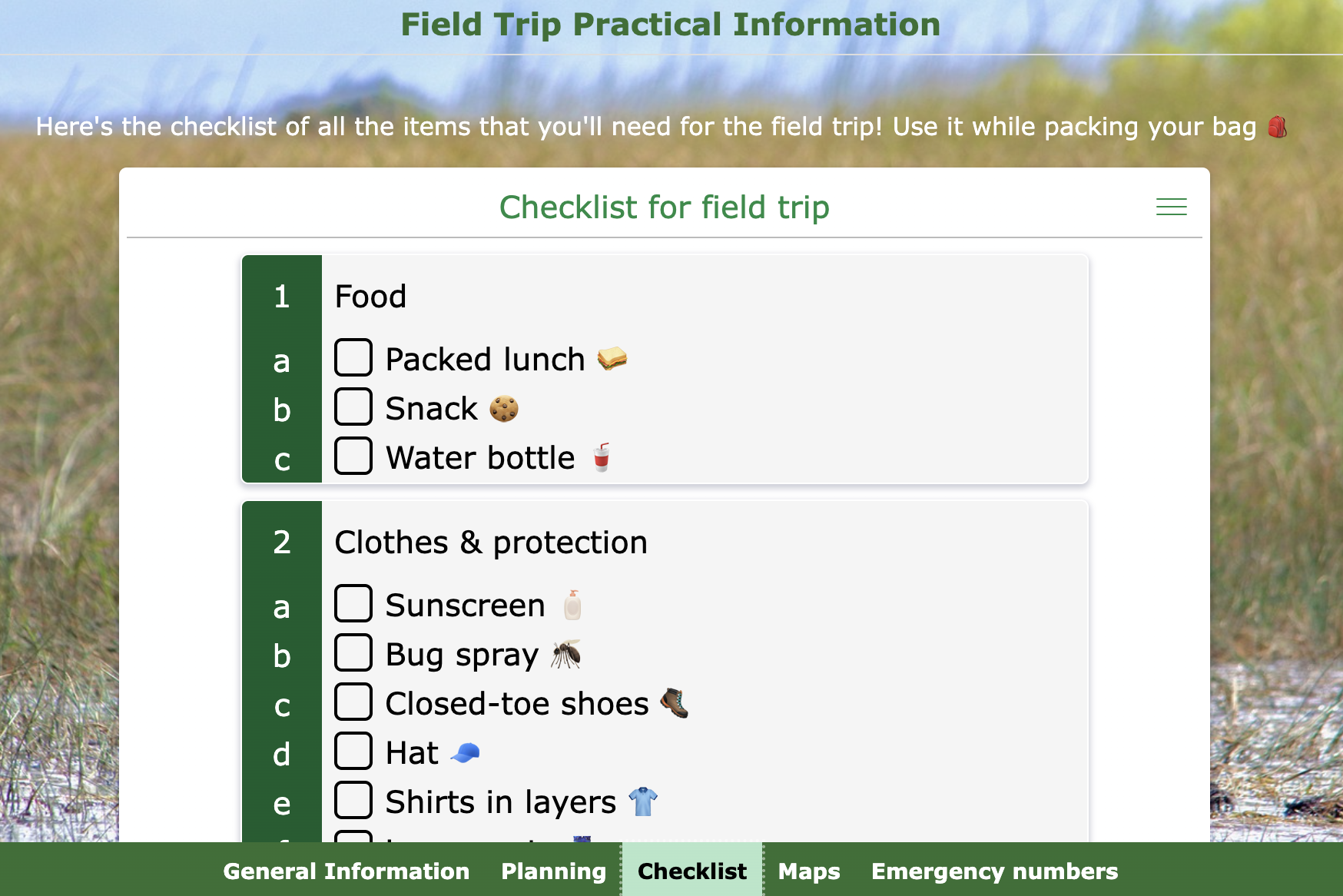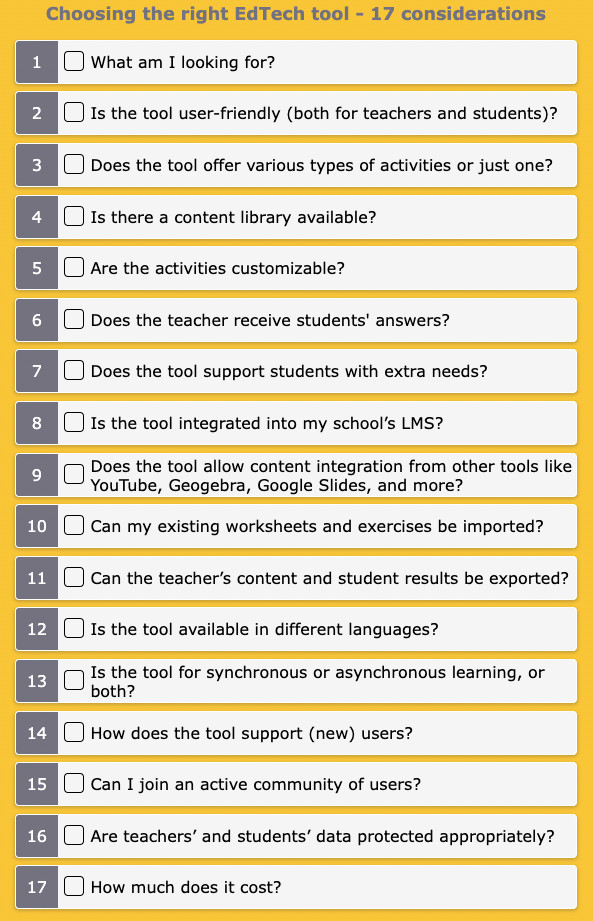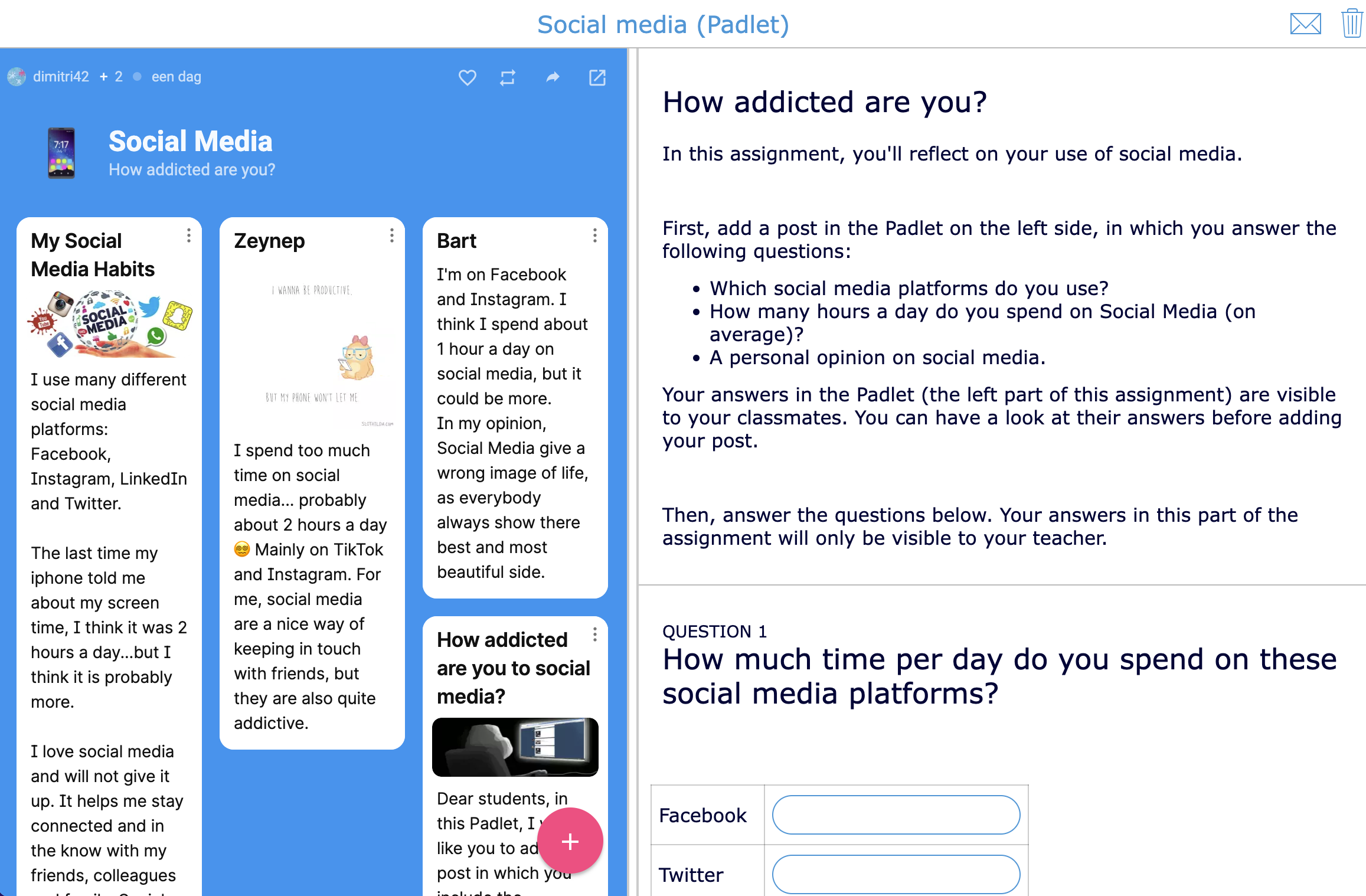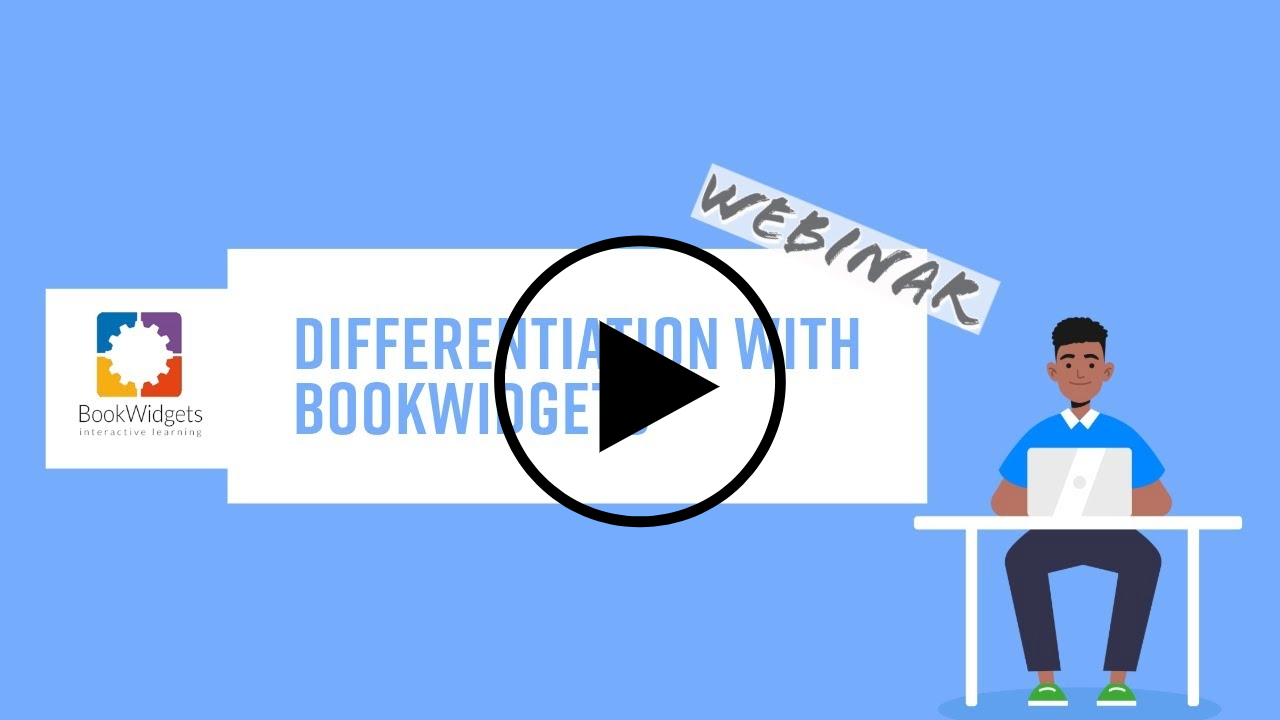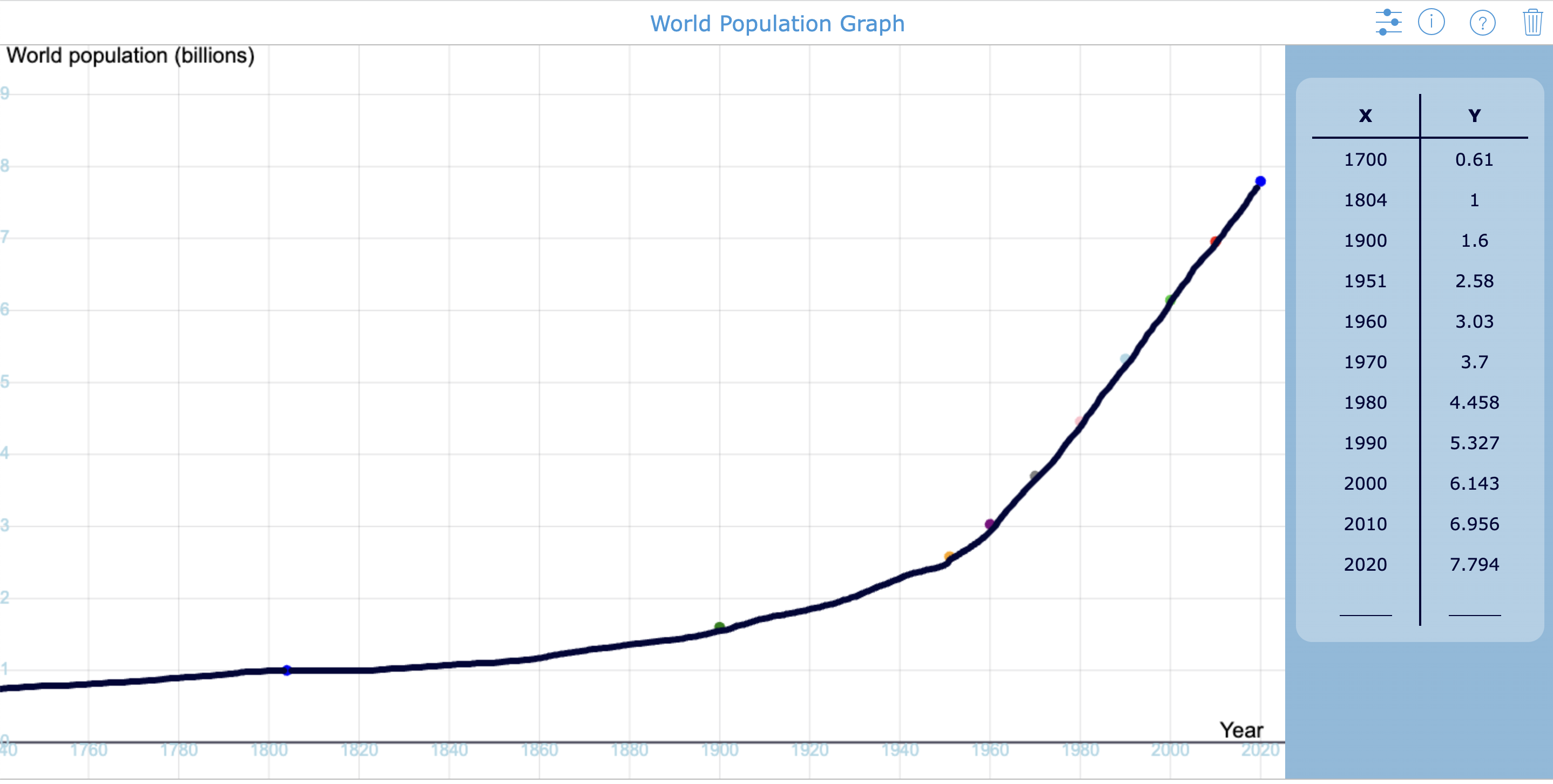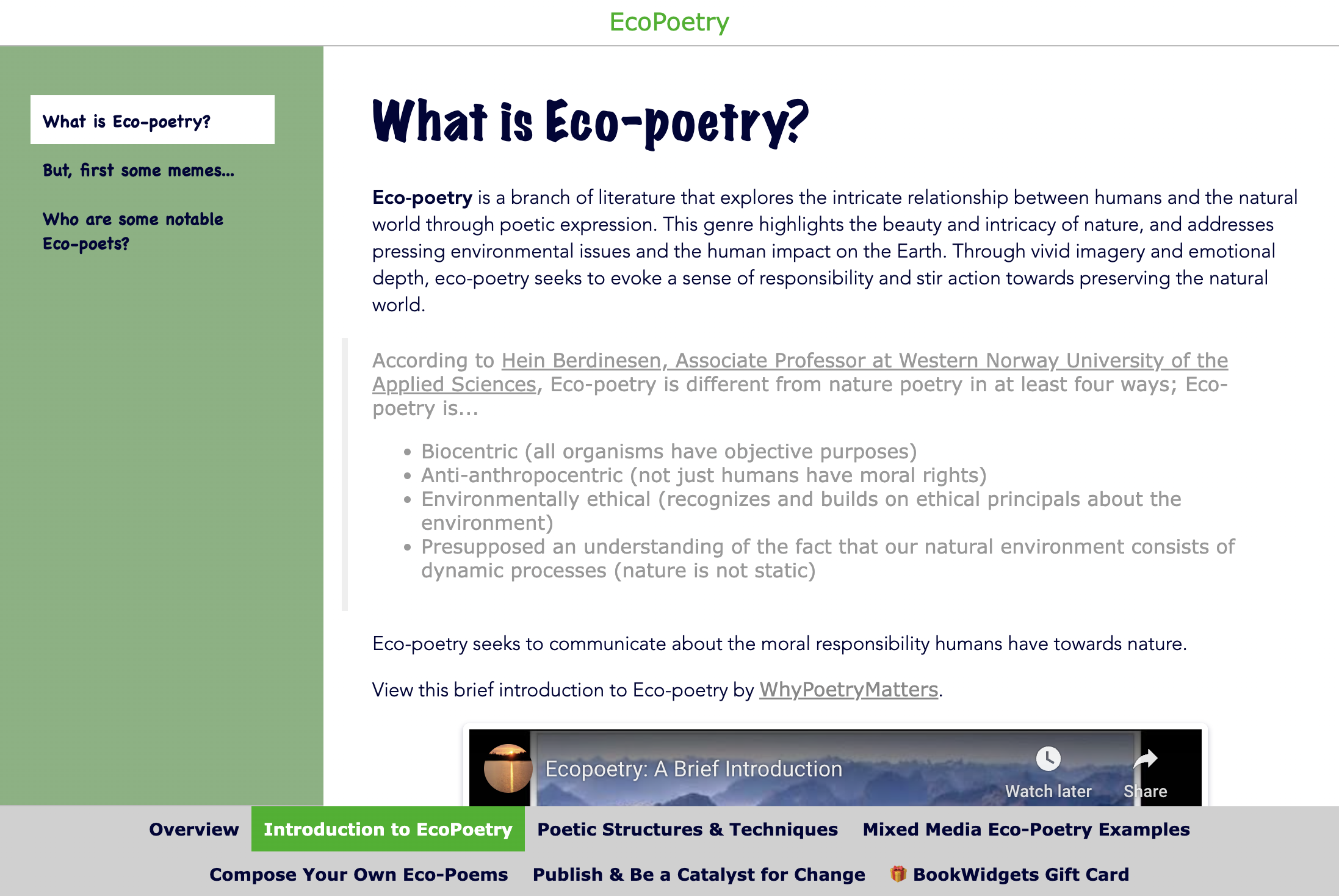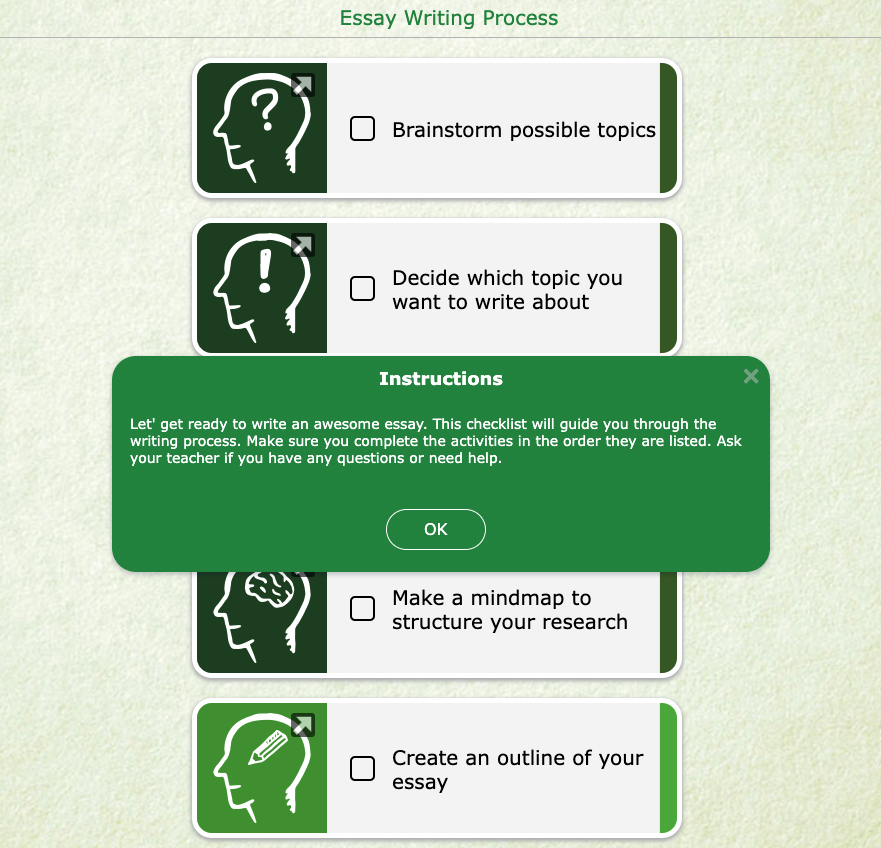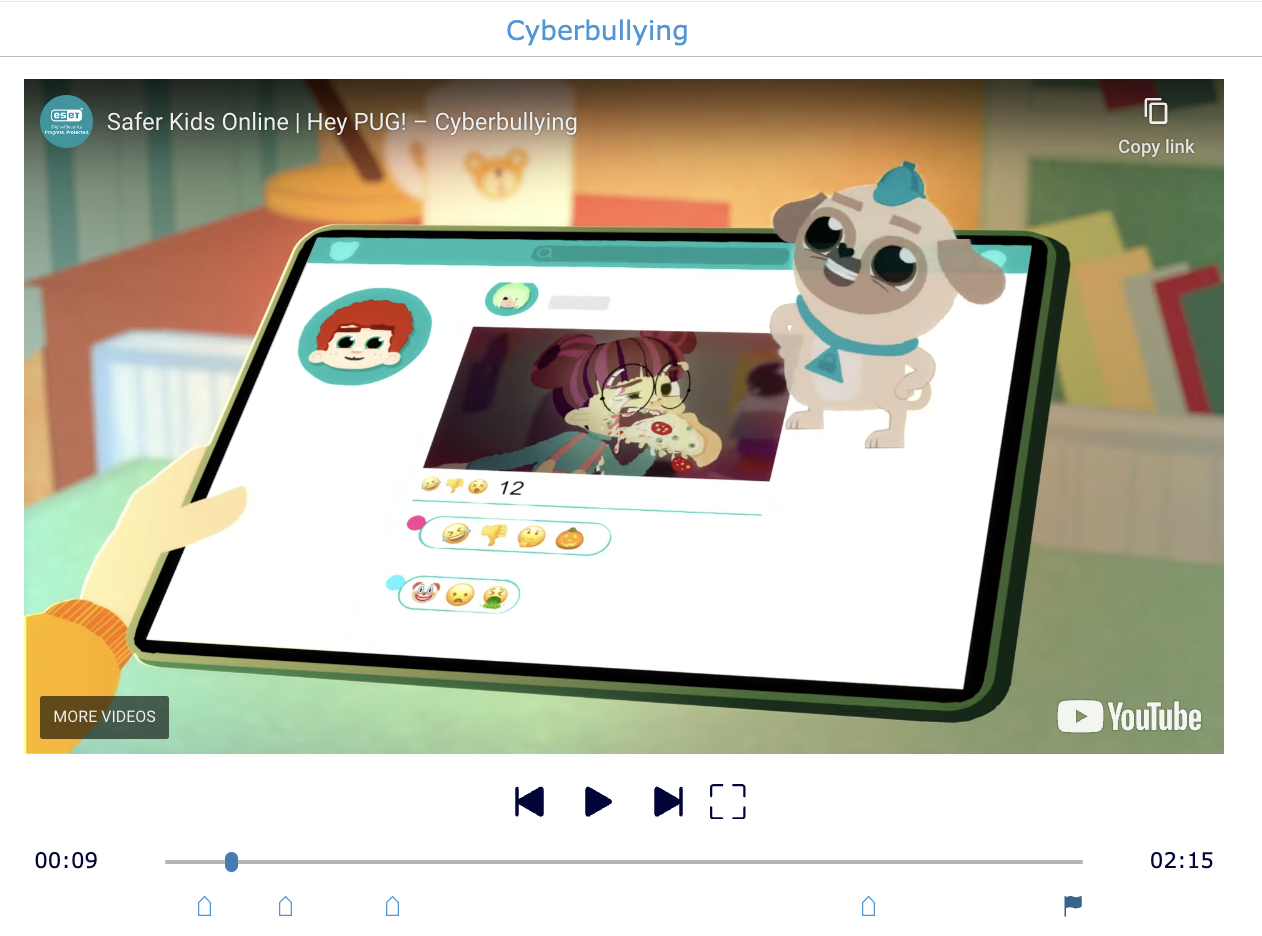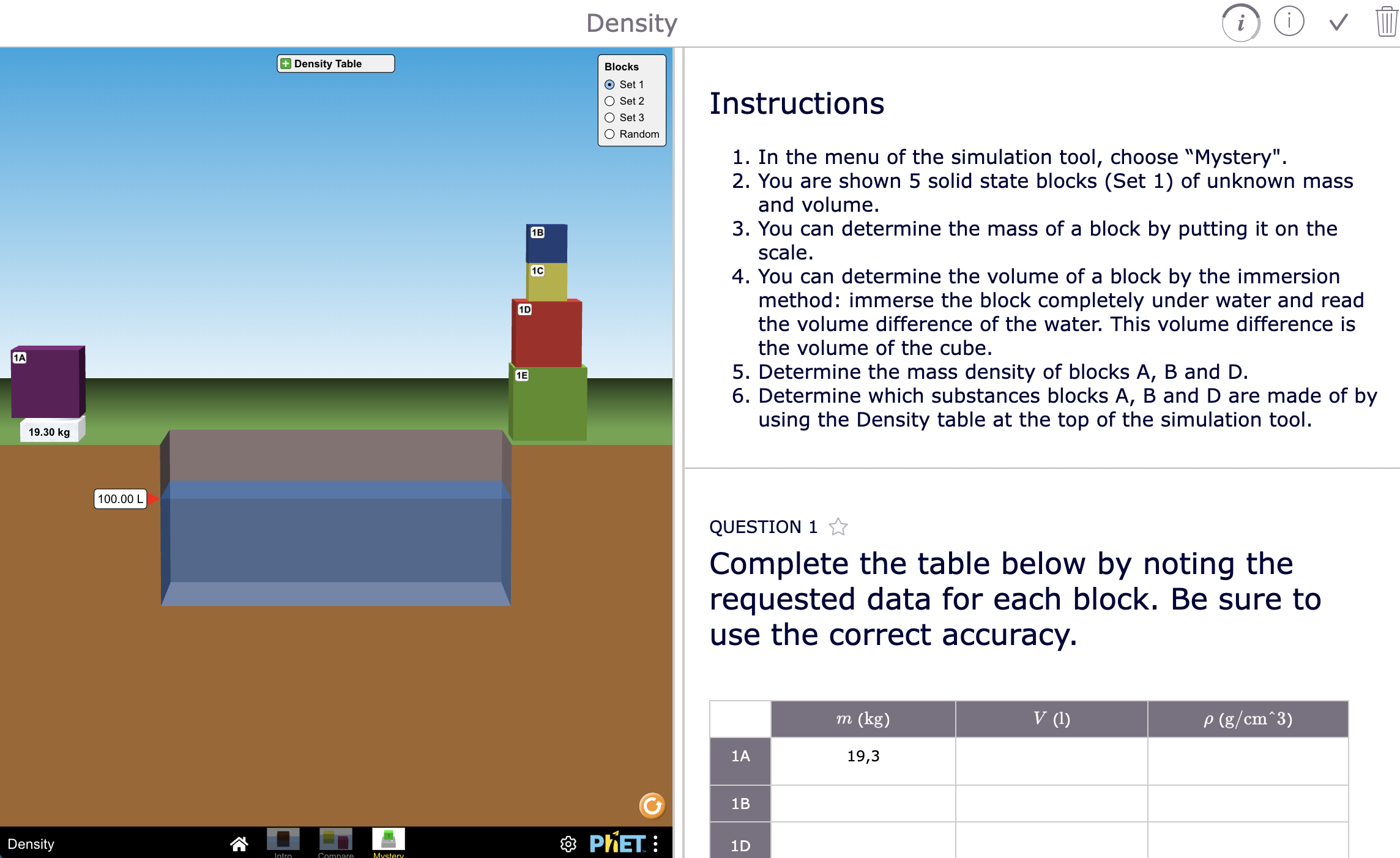22 Ways to Elevate Your Teaching with the DigCompEdu Framework
 Dimitri Bongers —
Dimitri Bongers —
In an increasingly digital society, students are expected to develop the necessary skills to use online tools safely, thoughtfully, and efficiently as they prepare to enter the job market. To facilitate this learning process, teachers must also acquire specific digital competencies. So, what does it take to be considered a digitally competent educator? The European Commission’s Digital Competence Framework for Educators, known as ‘DigCompEdu,’ provides a comprehensive answer. While DigCompEdu is widely recognized among EU teachers, its principles and guidelines are universally applicable, making them valuable resources for educators worldwide.
In this blog post, we present the 22 competences of the DigCompEdu Framework and give examples of how to realize them with BookWidgets. This blog post contains the following sections:
- 1. What is the DigCompEdu framework?
- 2. How Can I Use DigCompEdu as a Teacher?
- 3. What is BookWidgets?
- 4. Overview of the 22 DigCompEdu Competences

1. What is the DigCompEdu framework?
The Digital Competence Framework for Educators (DigCompEdu) is a comprehensive guideline developed by the European Commission to help educators enhance their digital skills. This framework outlines the essential competences that educators need to integrate digital technologies effectively into their teaching and professional activities.
The DigCompEdu framework contains 22 competences organized in 6 areas:
- Area 1: Professional engagement
- Area 2: Digital resources
- Area 3: Teaching and learning
- Area 4: Assessment
- Area 5: Empowering learners
- Area 6: Facilitating learners’ digital competence
For each competence, DigCompEdu identifies six stages or levels (from Newcomer (A1) to Pioneer (C2)) that represent the typical development of an educator’s digital competence. Each stage includes a role descriptor that captures the specific focus of digital technology use characteristic of that stage.
To help teachers scale for themselves what level they are achieving, a list of Proficiency Statements has been developed for each of the 22 competences. These proficiency statements form the basis for SELFIEforTEACHERS, a free online self-reflection tool for educators, developed by the European commission and an international team of experts. Alternatively, teachers can use the below BookWidgets quiz with rubrics questions, based on the same proficiency statements; an easy way to evaluate your digital skills as a teacher without a login needed!

2. How Can I Use DigCompEdu as a Teacher?
The DigCompEdu is a theoretical framework, but there are several ways to implement it:
- Self-Assessment: Evaluate your current digital skills using the proficiency levels in the DigCompEdu framework, and identify areas where you need improvement. You can use SELFIEforTEACHERS, a free online self-reflection tool that helps teachers assess and enhance their digital competence and use of technology in education based on the DigCompEdu competences. Alternatively, use this BookWidgets quiz with rubrics questions, based on the same proficiency statements.
- Professional Development: Use the framework as a guide to find relevant training and resources that can help you develop the competences you need. Many organizations offer courses and workshops aligned with DigCompEdu. Below is an example of Fourcast, a Professional Development provider. For every course in their catalog, the corresponding DigCompEdu area is mentioned. It’s even possible to filter by a specific area.

Click to open - Integrate Digital Tools: Apply the framework to integrate digital tools into your teaching practice. For example, use online collaboration platforms to engage with students or digital resources to supplement your lessons.
- Enhance Teaching and Learning: Leverage digital technologies to create interactive and engaging learning experiences. Enhance student learning with multimedia content, digital simulations, and interactive assessments.
- Improve Assessment Practices: Use digital tools to create more dynamic and flexible assessment methods. Online quizzes, e-portfolios, and real-time feedback systems can provide more meaningful assessments.
By systematically applying the DigCompEdu framework, you can enhance your digital competence, improve your teaching strategies, and create a more effective and engaging learning environment for your students.

3. What is BookWidgets?
BookWidgets is a content creation and evaluation tool for teachers, allowing them to create 40+ different types of online exercises. BookWidgets can be used for any subject and any age level. Because of the large variety of widget types, this EdTech tool aligns with many of DigCompEdu’s competences, as explained below.
How does BookWidgets align with the DigCompEdu Framework?
BookWidgets aligns exceptionally well with several key competences of the DigCompEdu framework, enhancing the digital teaching capabilities of educators. Here are the top five competences that BookWidgets supports most effectively:
- Competence 2.2 - Creating and Modifying Digital Content: BookWidgets empowers teachers to design, customize, and share a wide array of interactive digital teaching materials (with 40+ different types of exercises available).
- Competence 3.1 - Teaching: By integrating digital tools into the teaching process, BookWidgets enhances the engagement and interactivity of lessons, promoting a more effective and stimulating educational experience.
- Competence 4.1 - Assessment Strategies: BookWidgets offers various tools for creating interactive quizzes and assignments, enabling educators to implement digital formative and summative assessment methods that provide immediate feedback.
- Competence 5.3 - Actively Engaging Learners: BookWidgets actively engages students through its engaging question types and multimedia integrations, making learning more interactive and motivating.
- Competence 1.2 - Professional Collaboration: BookWidgets facilitates professional collaboration among educators by allowing them to share resources and collaborate in groups.
BookWidgets can also be a fantastic facilitator for pursuing the other 16 competences, as you will discover in the next section of this blog post.

4. Overview of the 22 DigCompEdu Competences
In this section, we will delve into all 22 competences of the DigCompEdu framework. For each competence, we’ll illustrate how it can be achieved (sometimes partially) using BookWidgets. As explained before, the 22 competences are organized in 6 areas. You can read this section from top to bottom, or click on a specific area you want to learn more about.
All the example widgets presented below are available in the BookWidgets blog group. You can duplicate them to your account, make changes needed, and use them with your students.
- Area 1: Professional engagement
- Area 2: Digital resources
- Area 3: Teaching and learning
- Area 4: Assessment
- Area 5: Empowering learners
- Area 6: Facilitating learners’ digital competence

Area 1: Professional engagement
Area 1: Professional Engagement focuses on educators’ use of digital technologies to enhance their professional practices. It emphasizes the importance of integrating digital technologies into various aspects of professional activities to improve efficiency, collaboration, and continuous learning.
1.1 Organizational communication
Competence 1.1 Organizational Communication focuses on the use of digital technologies to communicate effectively within an educational organization. This includes:
- Facilitating communication with colleagues, students, and parents.
- Sharing information and resources.
- Collaborating on educational projects and initiatives.
- Enhancing the overall efficiency and coherence of the organization through effective digital communication.
The typical tools to accomplish this goal are:
- LMSs (e.g., Google Classroom, Microsoft Teams, Moodle, Canvas, Schoology, etc.)
- File-sharing platforms such as Google Drive and OneDrive
- E-mail programs such as Gmail and Outlook
Occasionally, you could also use BookWidgets for Organizational Communication, such as a Checklist or Planner for project preparation or deploying a quiz as a survey. Below is an example of a WebQuest which contains all the practical information for a (fictional) field trip. It’s an example of how BookWidgets can be used by schools to share practical information with parents and students.
1.2 Professional Collaboration
Competence 1.2 Professional Collaboration focuses on educators using digital technologies to collaborate with their peers. This involves:
- Engaging in professional networks and learning communities.
- Sharing and co-creating educational resources.
- Participating in collaborative projects and professional development activities.
- Enhancing peer support and fostering a culture of collective problem-solving and innovation.
Teachers can develop Competence 1.2 by collaborating in BookWidgets’ groups. By creating and joining subject or project-specific groups, they can share and co-create interactive exercises. These groups also inspire teachers, as they will discover online exercises created by their peers.
Check out this webinar to learn more about collaboration in groups within BookWidgets:
1.3 Reflective Practice
Competence 1.3 Reflective Practice involves teachers using digital technologies to reflect on, document, and improve their digital teaching practices. This competence emphasizes the importance of continuous self-evaluation.
Teachers can use the below BookWidgets quiz with rubrics questions, based on DigCompEdu’s proficiency statements to evaluate and reflect on their digital skills.
For more general reflective practices for teachers (without the focus on digital skills), check out the previous blog post “How to become a reflective teacher - The complete guide for reflection in teaching”.
1.4 Digital Continuous Professional Development
Competence 1.4 Digital Continuous Professional Development aims to support educators in using digital tools and resources to engage in ongoing professional learning, thereby enhancing their teaching practices and staying updated with the latest educational advancements.
Educators can use BookWidgets for Digital Continuous Professional Development by creating interactive assignments, quizzes, and learning activities that can be shared and collaborated on with peers. This allows teachers to learn new digital teaching techniques, get immediate feedback, and continuously improve their instructional strategies.
Below is an example of a video quiz for teachers about Flipped Learning. Teachers can watch the video and answer the questions before, during or after a PD session about Flipped learning.
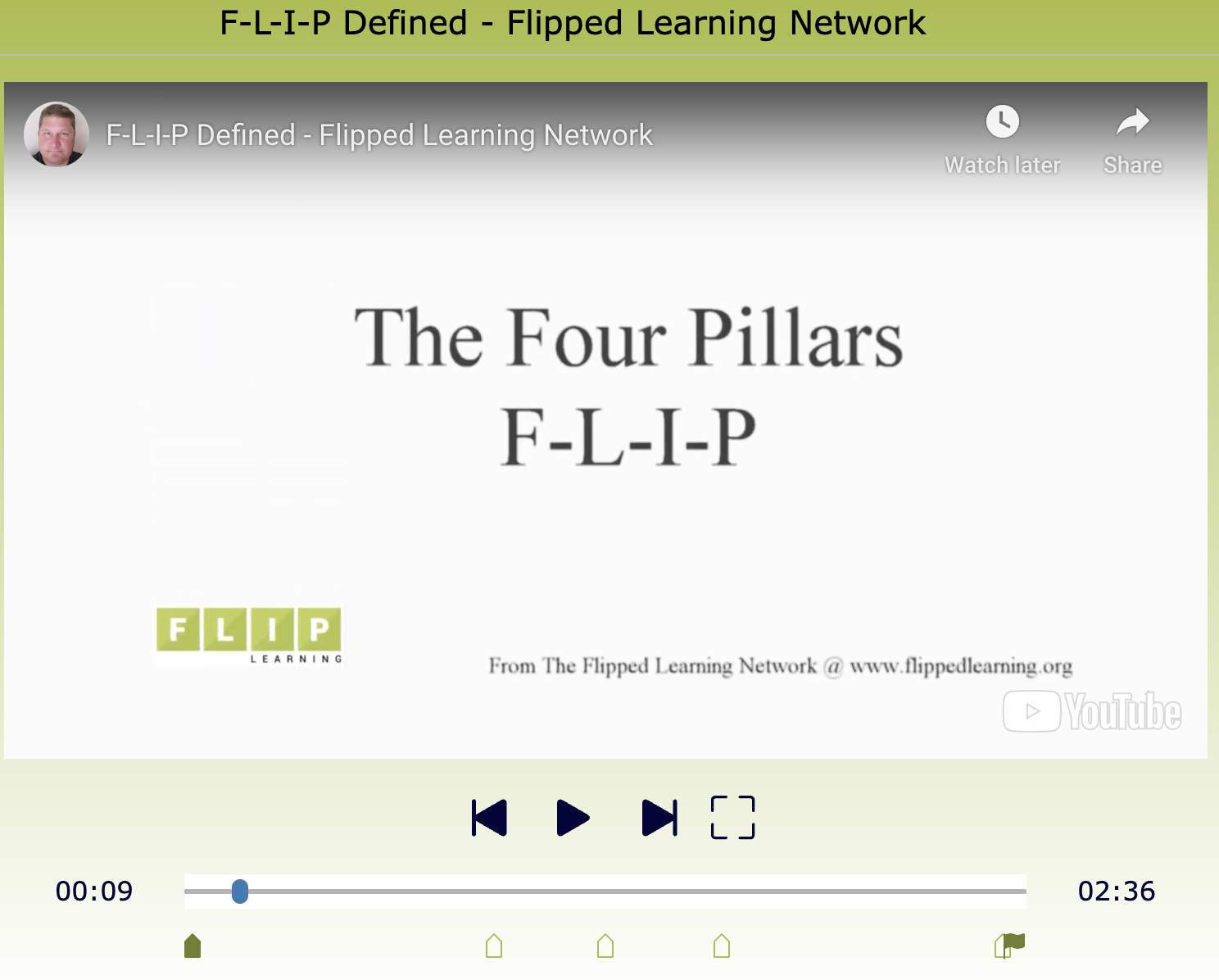
💡 Did you know BookWidgets has a free teacher academy? Click here to acces over 30 hours of professional development.
👀 BookWidgets’ blog is also a great resource for teachers looking for ongoing professional development. Here’s a selection of 5 must-read blog posts for teachers willing to learn more about digital pedagogy:
- 10+ Essential Pedagogical Concepts and How to Apply Them With EdTech Tools
- What is the SAMR model of technology integration?
- The 5 Most Important Questions about Flipping the Classroom with Edtech
- 20+ Tips and Tools to Make Your Interactive Exercises Accessible to all Learners
- 40+ Innovative Ways Teacher Can Digitally Differentiate Their Lessons With BookWidgets

Area 2: Digital resources
Area 2: Digital Resources focuses on using digital technologies to source, create, and share educational materials. The aim is to enable educators to use digital resources effectively to improve the learning experience.
2.1 Selecting digital resources
Competence 2.1 Selecting Digital Resources focuses on educators’ ability to identify, evaluate, and choose digital content and tools that enhance teaching and learning processes and ensure they meet educational objectives and students’ needs.
We’ve already shared a checklist with important considerations when choosing new edtech tools in the blog post 17 important considerations when choosing new edtech tools.
Additionaly, we’ve now created a handy checklist for selecting appropriate digital content as a teacher:
2.2 Creating and modifying digital content
Competence 2.2, Creating and Modifying Digital Content, emphasizes educators’ skills in developing and customizing digital materials to fit their teaching goals and students’ learning needs, fostering a more engaging and personalized educational experience.
Teachers can achieve DigCompEdu goal 2.2 with BookWidgets by creating engaging lesson content, such as interactive quizzes, games, and exercises. Additionally, teachers can collaborate with peers to share and enhance digital resources, ensuring the content is continually refined and tailored to meet diverse educational needs.
Below is a demo BookWidgets Worksheet with an example of each of the 36 question types. The Worksheet is just one of the 40+ types of online activities available in BookWidgets. Create a free account to discover other types of online exercices like the Video quiz, Crossword Puzzle, Hotspot Image, and more!
💡 If you want to learn how to create your own interactive exercices with BookWidgets, we recommend the recorded video courses for beginners in BookWidgets’ Free Teacher Academy.

2.3 Managing, protecting, and sharing digital resources
Competence 2.3 - Managing, Protecting, and Sharing Digital Resources involves organizing digital content and making it accessible to learners, parents, and other educators. It includes:
- Organizing Content: Efficiently structuring and managing digital materials for easy access and use.
- Protecting Sensitive Information: Ensuring the security of sensitive digital content.
- Applying Privacy and Copyright Rules: Adhering to privacy and copyright regulations, understanding and using open licenses, and correctly attributing open educational resources.
BookWidgets supports teachers for these three elements:
- BookWidgets allows teachers to create folders and groups for organizing digital exercises and integrates smoothly with major LMS platforms (Google Classroom, Microsoft Teams, Moodle, Canvas, Schoology), facilitating efficient sharing of the exercises without needing extra platforms.
- BookWidgets prioritizes data protection and privacy, being GDPR-compliant and ensuring that user data is securely managed. For more information, check out BookWidgets’ Privacy Policy.
- Since BookWidgets is a content creation tool, teachers using BookWidgets are responsible for adhering to copyright regulations. It’s good to know that a vast library of rights-free images (Pixabay) is integrated in BookWidgets.
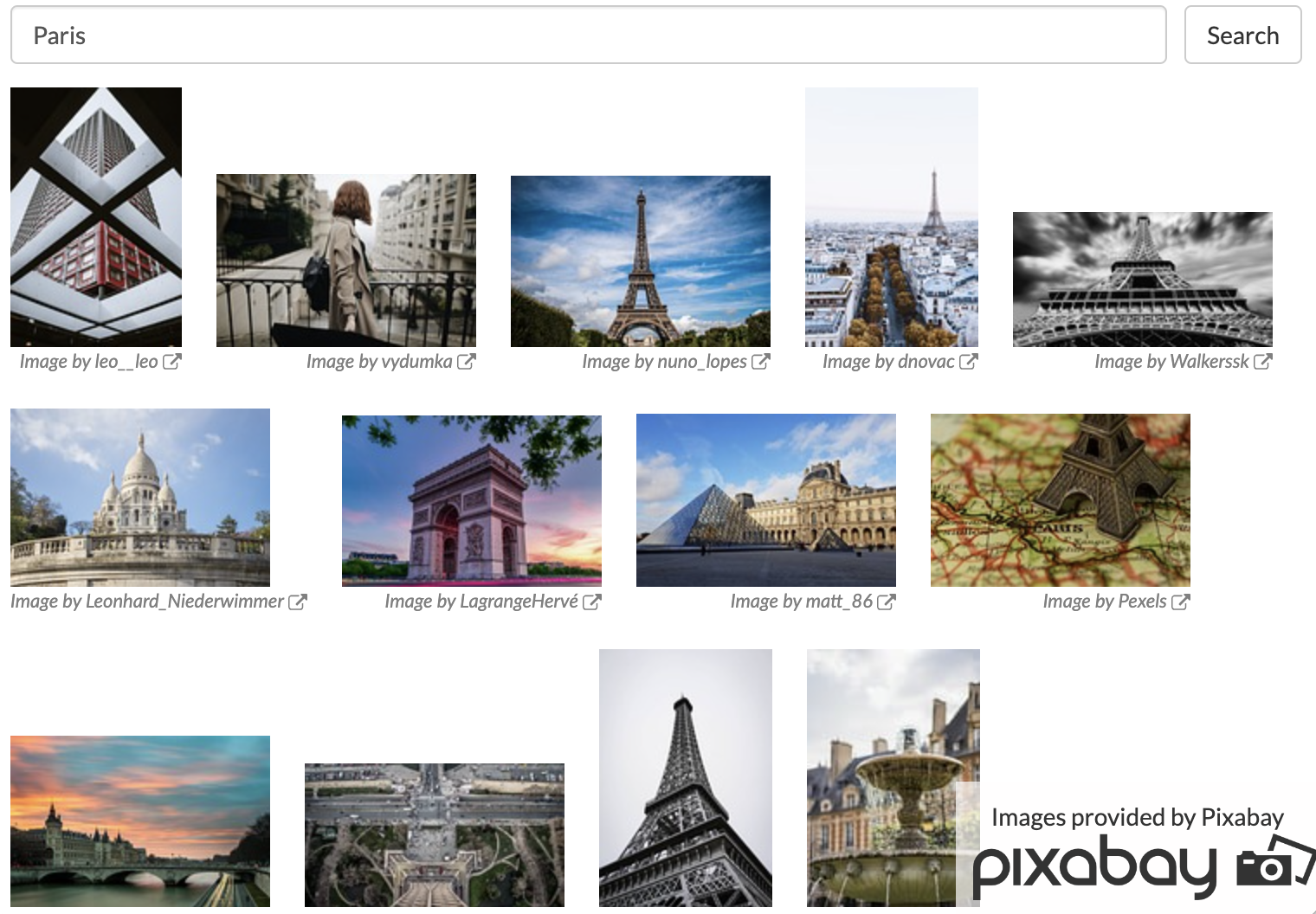

Area 3: Teaching and Learning
Area 3: Teaching and Learning focuses on using digital technologies to enhance the instructional process and improve learning outcomes. The aim is to leverage digital technologies to create engaging, effective, and adaptable learning environments.
3.1 Teaching
Competence 3.1 - Teaching focuses on the integration of digital devices and resources into the teaching process to enhance educational effectiveness. This involves:
- Planning and Implementation: Strategically incorporating digital tools and resources into lesson plans to improve teaching outcomes.
- Management and Orchestration: Effectively managing and organizing digital teaching activities to ensure smooth and impactful learning experiences.
- Experimentation and Development: Exploring and creating new instructional formats and pedagogical methods utilizing digital technologies to foster innovative teaching practices.
BookWidgets is designed to digitize teachers’ lessons, offering a wide range of widget types and pedagogical applications. This makes it an invaluable tool for enhancing educational effectiveness through digital integration. Here are three ideas for incorporating BookWidgets into your teaching, tailored to different levels of expertise:
- For Beginners: Start by creating digital worksheets using BookWidgets’ 35+ different question types. This approach allows you to seamlessly integrate digital tools into your lesson plans, improving teaching outcomes through interactive and engaging activities.
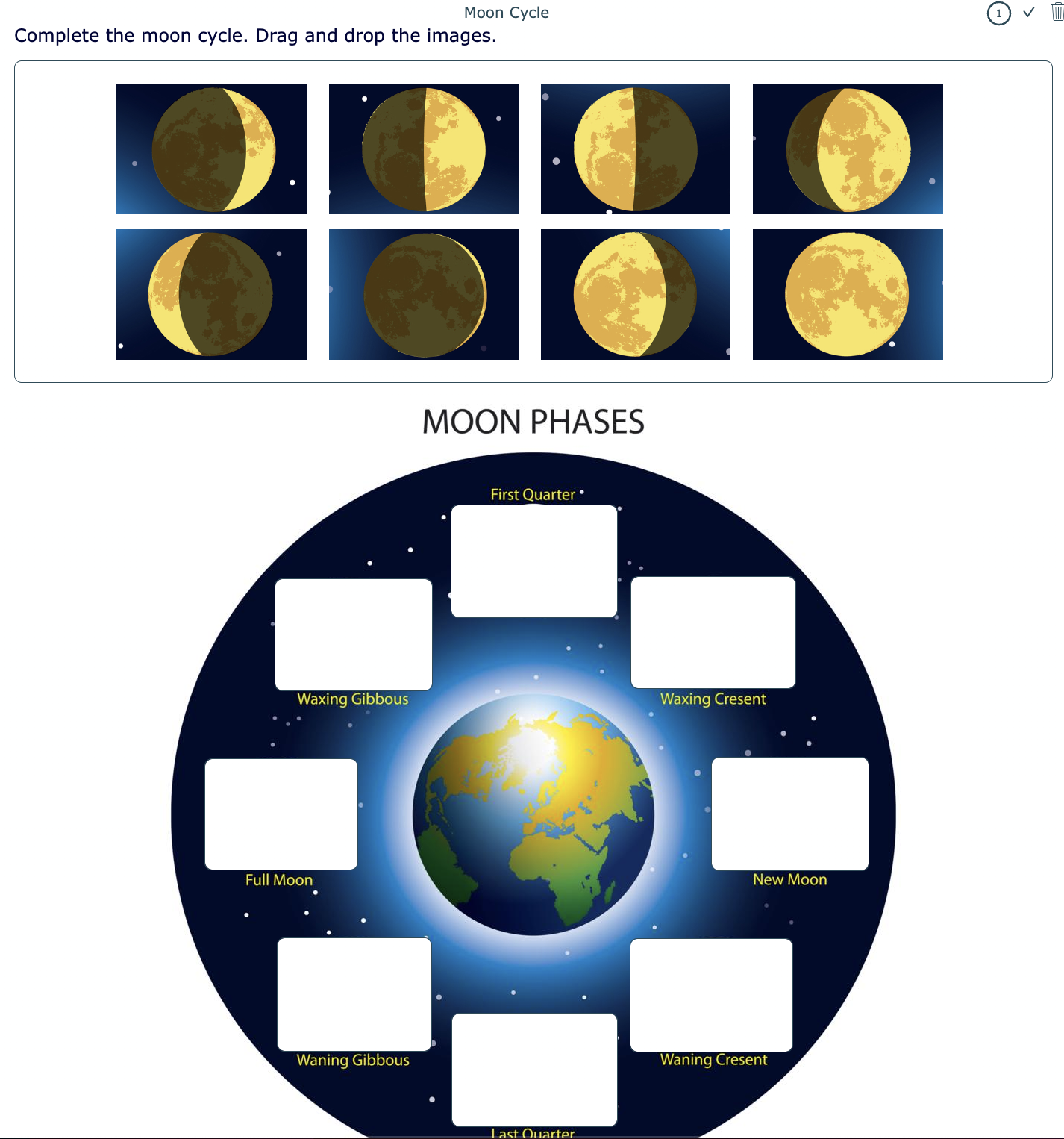
Click to open the example - For Intermediate Users: For those looking to integrate video, perhaps for Flipped Learning, the Video Quiz is an excellent option. This widget type allows you to select YouTube or Vimeo videos and embed over 35 different question types that BookWidgets offers, enhancing engagement and understanding.
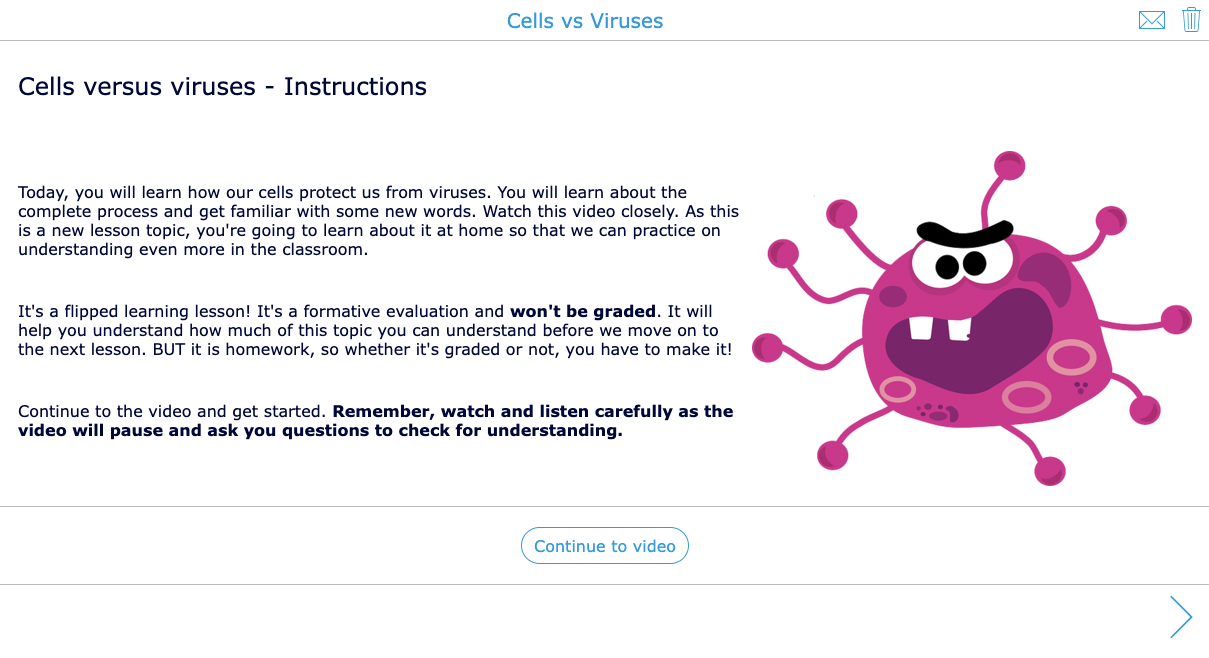
Click to open the example - Credits to TED-ed - For Advanced Users: At the highest DigCompEdu proficiency level, “Pioneer (C2),” teachers are encouraged to provide full courses or learning modules in a digital environment. For this purpose, you can leverage BookWidgets to create comprehensive digital courses. Watch the recorded webinar from a BookWidgets ambassador on How to Create a Digital Course with BookWidgets to learn more.
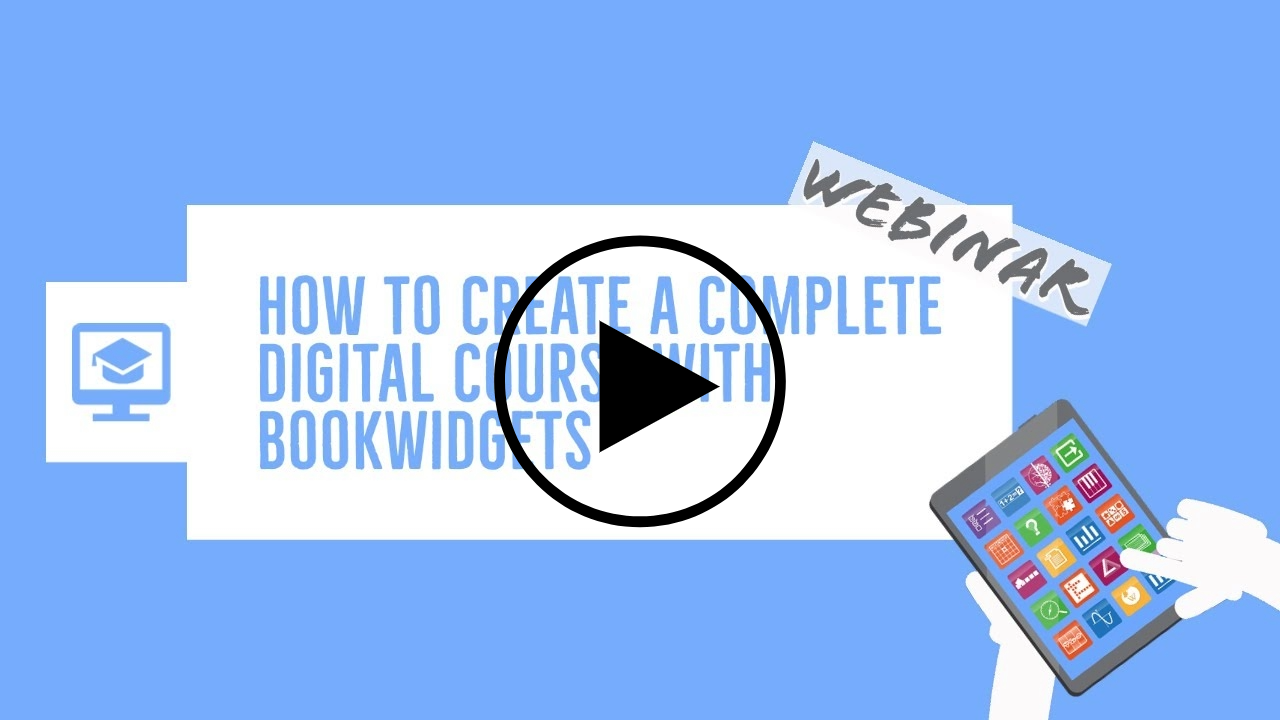
Click to watch
3.2 Guidance
Competence 3.2—Guidance involves leveraging digital technologies to improve interaction with learners both individually and collectively, inside and outside the classroom. This includes providing timely and specific guidance and assistance and exploring and developing innovative methods for offering support and guidance to students.
BookWidgets facilitates this in several ways:
Live View for Teachers: BookWidgets’ live view feature allows teachers to monitor student progress in real-time, identifying which students are struggling and need immediate assistance.

Learn more about the Live View in this recorded webinar Extensive Feedback Options: Teachers can provide detailed, personalized feedback on assignments and activities, ensuring students receive timely and specific guidance to help them improve.

Example of feedback added by the teacher in a specific part of a students’ answer
3.3 Collaborative learning
Competence 3.3 - Collaborative Learning focuses on leveraging digital technologies to promote and enhance student collaboration. This includes: fostering collaboration between students, providing collaborative assignments, enhancing communication between learners, and supporting collaborative knowledge creation.
While BookWidgets doesn’t directly offer collaborative exercise types, it supports this goal by enabling group projects where one student submits the work on behalf of the group. Additionally, teachers can embed collaborative tools like Padlet within BookWidgets assignments, allowing students to work together in shared digital spaces. Below is an example of a Split Worksheet in BookWidgets where a Padlet Board has been embedded, allowing students to collaborate or share ideas.
3.4 Self-regulated learning
Competence 3.4 - Self-Regulated Learning (SRL) focuses on utilizing digital technologies to support students in managing their learning processes. This includes helping learners:
- Plan and Monitor: Use digital tools to plan, track, and oversee their learning activities.
- Reflect and Provide Evidence: Enable students to reflect on their progress and present evidence of their achievements.
- Share Insights: Facilitate sharing of insights and learning experiences with peers and educators.
- Develop Creative Solutions: Support students in generating creative solutions and approaches to learning challenges.
For an example on how to leverage technology to enhance self-regulated learning with BookWidgets, check out our previous blog post, “How to encourage self-regulated learning in school - An SRL blueprint for teachers”.
In that post, we explore practical applications of BookWidgets within the INSTALL-ed project framework, offering a digital blueprint to support effective SRL practices in the classroom. Below, you’ll find the ProjectM!X so students can go through the lesson autonomously. The passwords in some parts of this ProjectM!X are always 0000 (We made it easy for you to move on 😊)
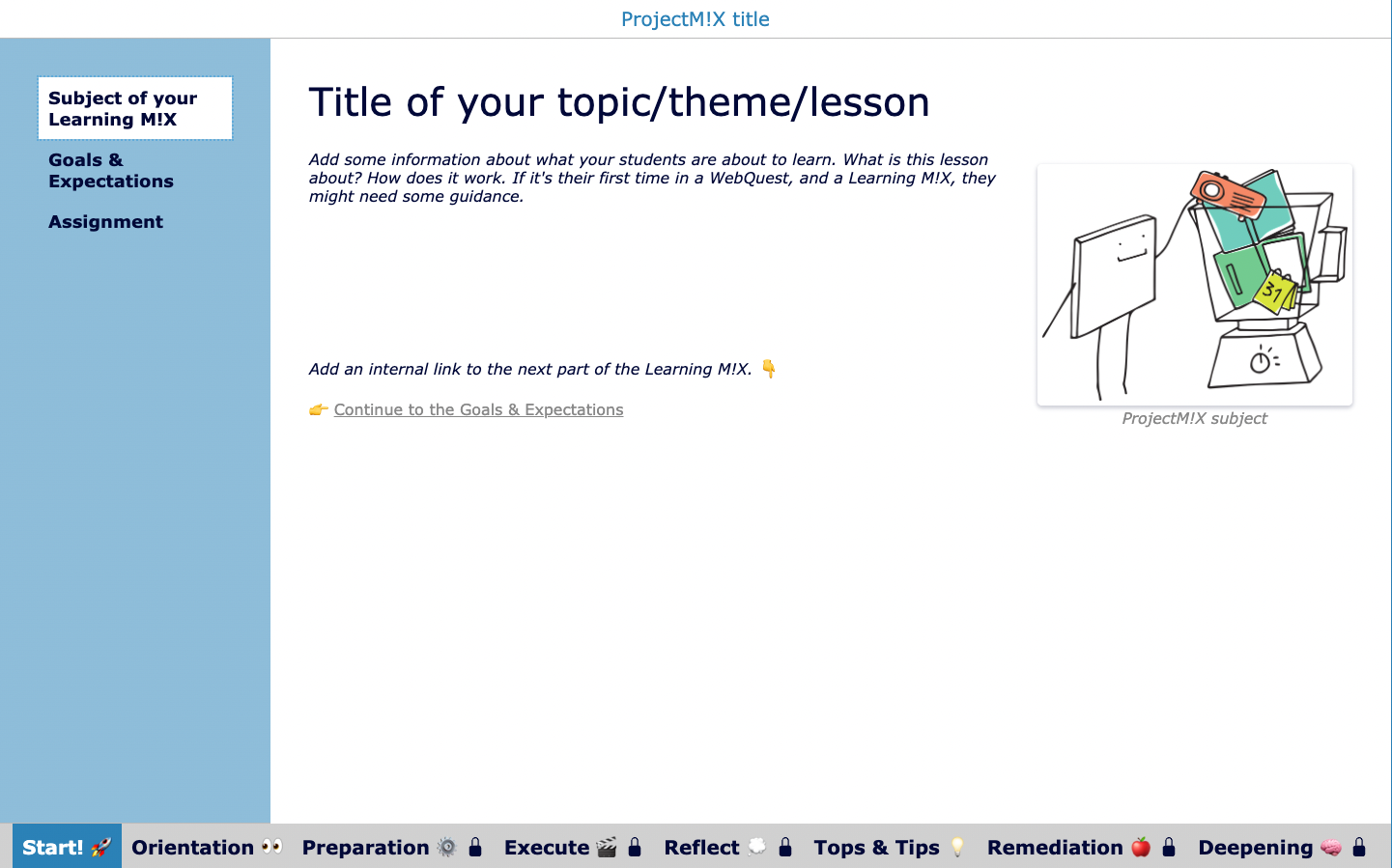

Area 4: Assessment
Area 4: Assessment focuses on using digital technologies to evaluate and support student learning. The aim is to enhance the accuracy, efficiency, and effectiveness of assessments through the integration of digital technologies.
4.1 Assessment strategies
Competence 4.1 - Assessment Strategies focuses on utilizing digital technologies to improve both formative and summative assessment practices. This involves:
- Formative and Summative Assessment: Using digital tools to conduct assessments that monitor and evaluate student learning both during the instructional process (formative) and at the end of a learning period (summative).
- Diversity and Suitability: Enhancing the variety and appropriateness of assessment formats and methods to better meet the needs of different learners and contexts.
BookWidgets supports this goal by offering tools that facilitate both formative and summative assessments.
Teachers can create interactive quizzes, assignments, and projects to assess students’ understanding and progress in real time, providing immediate feedback to guide learning. Additionally, BookWidgets supports a variety of assessment formats with its 35+ question types —such as multiple-choice questions, drag-and-drop activities, and open-ended responses—allowing educators to choose the most suitable methods for different learning objectives and student needs. Discover all the possibilites and find a lot of inspiration by watching the recorded webinar 👇
4.2 Analyzing evidence
Competence 4.2 - Analyzing Evidence is about generating, selecting, critically analyzing, and interpreting digital evidence related to learner activity, performance, and progress. The goal is to use this evidence to inform and enhance teaching and learning practices.
This includes:
- Generating Evidence: Collecting data on students’ work and performance through digital tools.
- Selecting and Analyzing: Choosing relevant data and critically examining it to understand student progress and performance.
- Interpreting Results: Using insights from the analysis to make informed decisions that improve instructional strategies and support student learning.
BookWidgets provides detailed reports and analytics on student responses and progress, allowing teachers to view individual and group performance metrics. Educators can use these insights to identify trends, strengths, and areas needing improvement, helping them to make data-driven decisions about instructional strategies and student support.

4.3 Feedback and Planning
Competence 4.3 - Feedback and Planning involves using digital technologies to enhance the feedback process and adapt teaching strategies. This includes:
- Providing Feedback: Using digital tools to offer targeted and timely feedback to students on their work and performance.
- Adapting Teaching Strategies: Adjusting teaching methods and providing specific support based on the data and evidence collected through digital technologies.
- Facilitating Understanding: Helping students and parents interpret the evidence provided by digital tools to make informed decisions about learning and progress.
BookWidgets supports this by offering immediate feedback for auto-graded questions, enabling quick insights into student performance. Teachers can use the grading dashboard to provide detailed and efficient feedback, which can be sent back to students via their LMS or by e-mail. Each assignment in BookWidgets includes three levels of feedback:
- Overall feedback for the entire assignment;
- Comments under each question;
- The possibility to work with evaluation codes;
- The option to highlight and annotate specific parts of student responses.
These features help in delivering targeted feedback, adapting teaching approaches, and facilitating understanding for students and parents.


Area 5: Empowering Learners
Area 5: Empowering Learners focuses on using digital technologies to enhance student autonomy, engagement, and personalized learning. The goal is to empower students to take control of their learning, engage actively with their educational experiences, and develop essential digital competencies.
5.1 Accessibility and Inclusion
Competence 5.1 - Accessibility focuses on ensuring that all learners, regardless of their abilities or needs, can access learning resources and activities.
BookWidgets aligns with this goal by offering features that support accessibility, such as customizable text sizes and colors, a text-to-speech feature, a spell check, and more. For more detailed strategies on making interactive exercises accessible, check our previous blog post, “20+ Tips and Tools to Make Your Interactive Exercises Accessible to All Learners”.
BookWidgets has a Voluntary Product Accessibility Template (VPAT), which outlines the platform’s commitment to accessibility standards. BookWidgets’ Accessibility Statement and VPAT are available here.
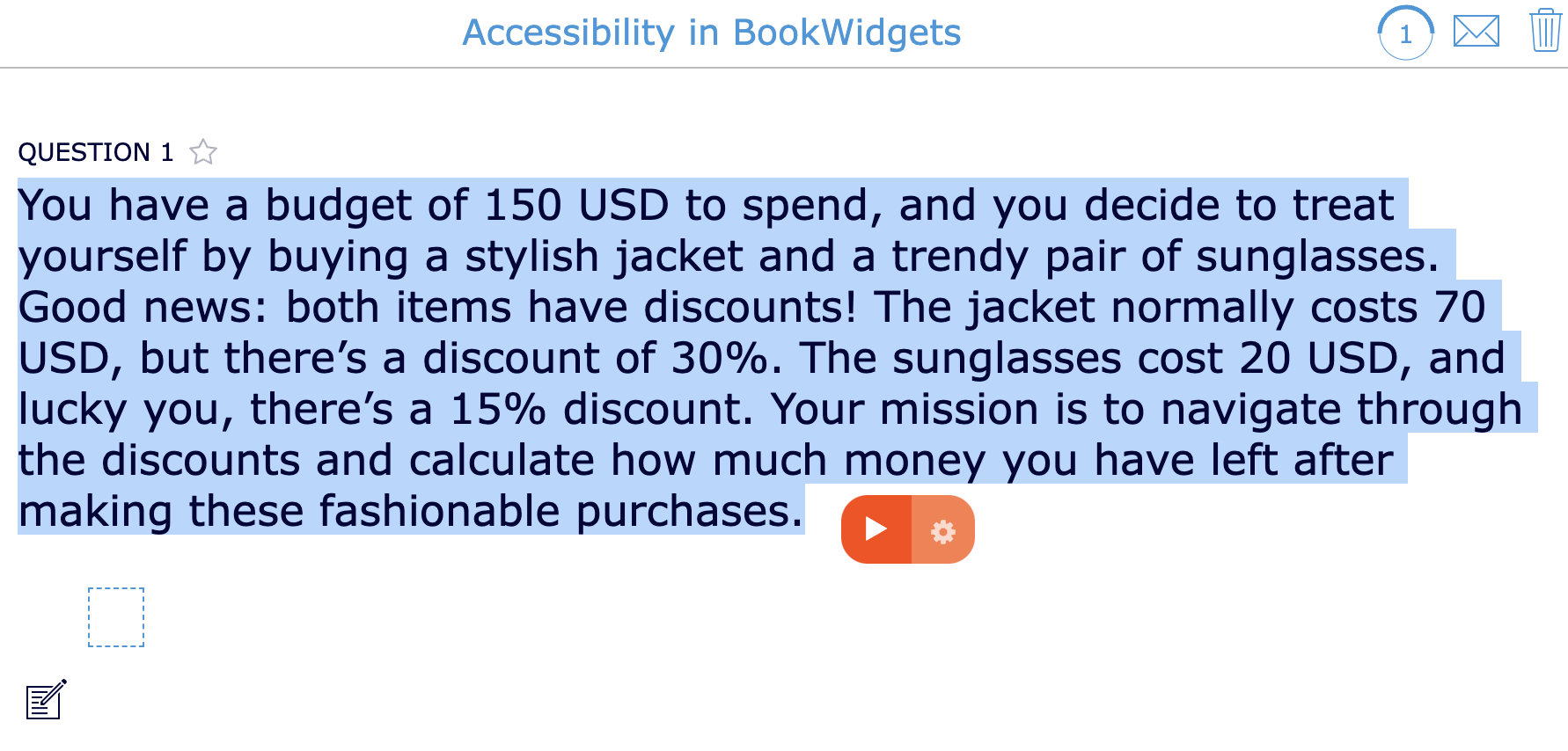
5.2 Differentiation and personalization
Competence 5.2 - Differentiation and Personalization focuses on using digital technologies to meet the diverse learning needs of students. This involves:
- Addressing Diverse Needs: Leveraging digital tools to cater to different learning styles and needs.
- Flexible Progression: Allowing students to advance at their own pace and follow individualized learning pathways.
- Custom Learning Objectives: Supporting tailored learning goals and experiences based on each student’s unique requirements and progress.
BookWidgets supports this by offering various tools and features that enable differentiation and personalization. BookWidgets includes features like text-to-speech, spell check, calculators, scratchpads, and timers, which help accommodate different learning needs. Additionally, teachers can adjust font sizes, change designs, and create different versions of assignments to suit various learner preferences and requirements. For more ideas on how to digitally differentiate lessons using BookWidgets, check out our blog post, “40+ Innovative Ways Teachers Can Digitally Differentiate Their Lessons With BookWidgets” or the recording of the webinar “Differentiate your lessons with BookWidgets - Lesson exampels & functionalities”.
5.3 Actively engaging learners
Competence 5.3 - Actively Engaging Learners is about using digital technologies to enhance students’ engagement and creativity with the subject matter.
This involves:
- Active and Creative Engagement: Encouraging students to interact actively and creatively with the content.
- Fostering Transversal Skills: Integrating digital technologies into teaching strategies that promote skills like critical thinking, problem-solving, and creative expression.
- Real-World Contexts: Applying learning to real-world scenarios through hands-on activities, scientific investigations, and complex problem-solving to deepen students’ involvement and understanding.
BookWidgets supports this by offering a variety of interactive tools and question types that promote active learning, such as interactive quizzes, puzzles, and games. Educators can design assignments incorporating real-world contexts and hands-on activities, encouraging students to apply their knowledge practically. Additionally, by integrating activities that require critical thinking, scientific investigation, and problem-solving, BookWidgets helps foster essential transversal skills and creative expression among learners.
In the example below, students learn to look up real-world data and visualize it on a graph. In doing so, they activate learning and develop transversal skills.

Area 6: Facilitating Learners’ Digital Competence
Area 6: Facilitating Learners’ Digital Competence focuses on helping students develop the skills and knowledge they need to use digital technologies effectively. The aim is to ensure that learners are well-equipped to navigate and utilize digital technologies effectively and responsibly in their personal, academic, and professional lives.
6.1 Information and media literacy
Competence 6.1 Information and media literacy involves integrating activities and assessments that help students develop critical skills for handling information and media. This competence focuses on helping students clearly define what information they need; teaching them how to search for relevant information, guiding them in organizing and interpreting the information and encouracing them to critically assess the credibility and reliability of information and its sources.
Teachers can use BookWidgets to support developing Information and media literacy by developing widgets that guide students through this process. Below is an example of a Step-by-step guide for online research, made with the Checklist widget. For more specific examples on critically analyzing sources, check out our blog post, “18 Awesome Activities to Use with Your Students on Safer Internet Day”, which includes exercises on media literacy and evaluating online content.
6.2 Digital communication and collaboration
Competence 6.2 Digital communication and collaboration involves integrating learning activities that help students use digital technologies effectively and responsibly for various forms of interaction. This includes:
- Digital Communication: Teaching students to use digital tools for clear, effective, and responsible communication.
- Collaboration: Encouraging the use of digital platforms to collaborate on projects, share ideas, and collaborate with peers.
- Civic Participation: Using digital technologies to engage in civic activities, including discussions on social issues and participating in online communities.
Teachers can use BookWidgets to achieve this by creating group assignments where students collaborate on shared tasks, such as joint research projects or presentations. They can also design interactive activities like online brainstorming sessions or collaborative problem-solving exercises that require students to communicate and work together digitally.
An example of an assignment where digital communication, collaboration and civic participation come together is the below WebQuest on EcoPoetry. Through websites, videos, interactive activities, and more, students learn about EcoPoetry and they end up by composing their own Eco-Poems.
6.3 Digital Content Creation
Competence 6.3 - Digital Content Creation focuses on helping students use digital tools to create and modify content.
This competence involves:
- Expressing through Digital Means: Designing assignments that require students to produce and present digital content in various formats, such as text, images, or videos.
- Creating and Modifying Content: Teaching students how to develop and alter digital materials, ensuring they can handle different formats effectively.
- Understanding Copyright and Licensing: Educating learners on how to apply copyright laws and licenses, reference sources properly, and attribute content correctly.
Although BookWidgets primarily supports teachers in content creation, it can still help achieve this goal. Teachers can use BookWidgets to design detailed Checklists or Planners, such as the below example, which is a “Planner for Essay Writing,” guiding students through the content creation process.
For more ideas related to Competence 6.3, check out the blog post “The students as a content creator - 15 content creation apps for in the classroom”.
6.4 Responsible use
Competence 6.4 - Responsible Use focuses on ensuring that learners use digital technologies in a way that supports their overall well-being. This competence involves:
- Ensuring Well-being: Implementing measures to protect students’ physical, psychological, and social well-being while they engage with digital technologies.
- Managing Risks: Teaching students to recognize and manage potential risks associated with digital technology use.
- Safe and Responsible Use: Empowering learners to use digital tools safely, ethically, and responsibly.
Teachers can use BookWidgets to support this goal by creating assignments and activities that promote digital safety and well-being. For example, teachers can design interactive quizzes and exercises related to cyberbullying, safe password creation, and responsible online behavior. Our previous blog post, “18 Awesome Activities to Use with Your Students on Safer Internet Day”, includes a video quiz on cyberbullying and other exercises help students understand and manage digital risks.
6.5 Digital problem-solving
Competence 6.5 - Digital Problem Solving focuses on helping students identify and resolve technical problems and creatively apply their technological knowledge in new situations. The goal is to develop their ability to tackle technical challenges and use their digital skills innovatively.
Teachers can use BookWidgets to achieve this by designing virtual science lab experiences where students solve scientific problems using interactive simulations, like in the example below. Additionally, digital escape rooms created with BookWidgets can challenge students to use their problem-solving skills and technological knowledge in engaging ways.

Wrap up
And there you have it—22 exciting ways to elevate your teaching with the DigCompEdu Framework! Whether you’ve read every word from start to finish or focused on a specific area or competence that caught your eye, I hope you’ve found plenty of inspiration and practical tips to enhance your teaching practice.
Thank you for taking the time to explore these strategies. Now, let’s keep the conversation going! Share your best practices or lesson examples for any of the 22 competences in our Facebook group or on X / Twitter. We’d love to see how you’re bringing these ideas to life in your classroom.
Want to learn more about creating engaging lesson activities with BookWidgets?
✔️ Follow BookWidgets on X / Twitter, LinkedIn, Instagram, and join our teacher community on Facebook!
✔️ And, be sure to connect with me, Dimitri, on LinkedIn! 👋




